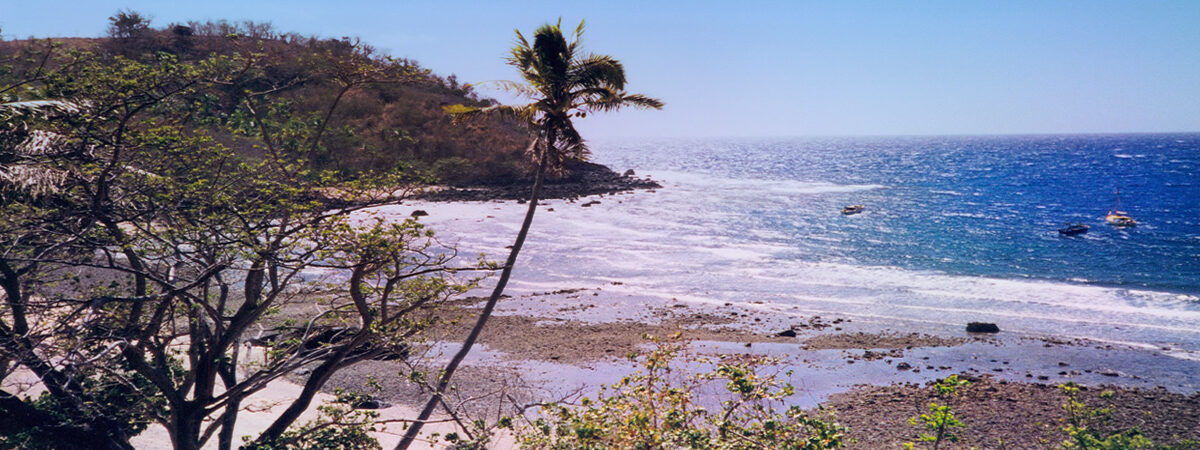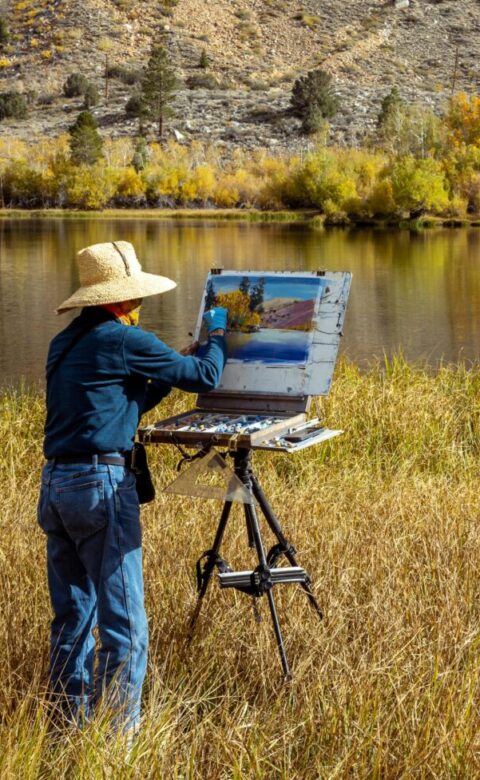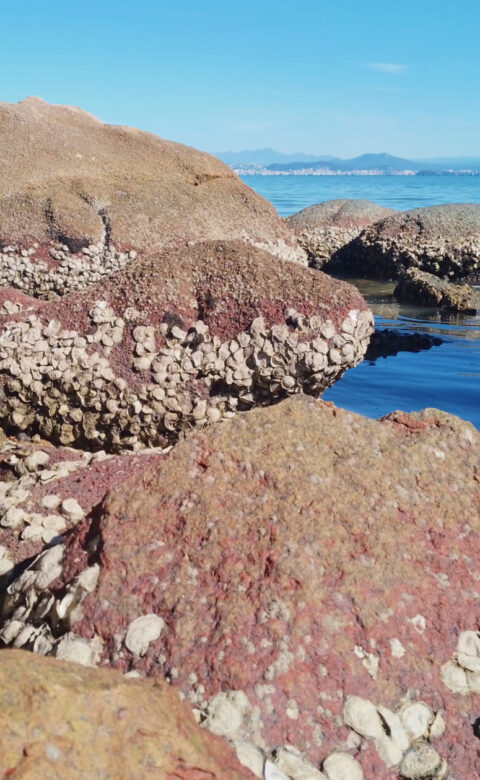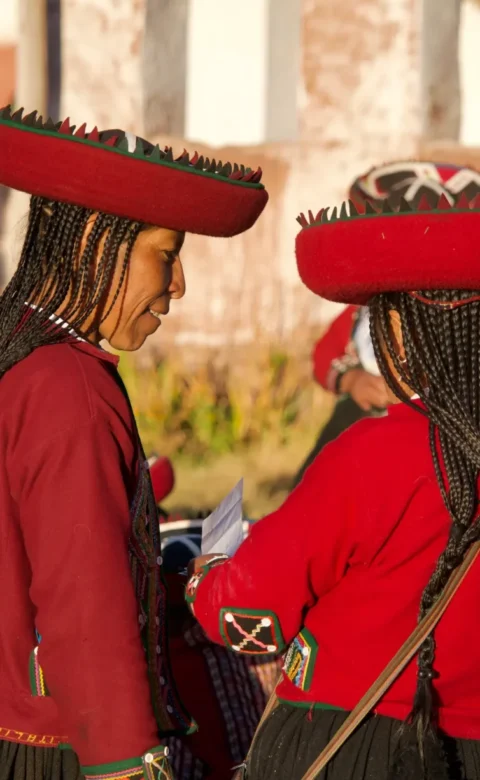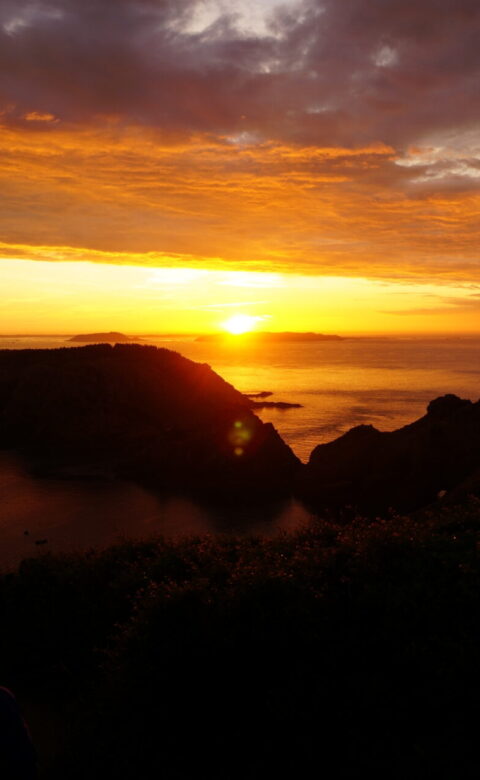It was 1998. My husband (then boyfriend) and I were nearing the end of a year backpacking around the world. We had visited Bali, spent the majority of our time in Australia on working visas, then experienced adventure and adrenaline in New Zealand. We decided to make a relaxing stop in Fiji before journeying home via LA.
Independent travel is so rewarding, but it can be exhausting too. I was ready for some downtime, and imagined Fiji as a luxurious pacific paradise, with pristine beaches lapped by sapphire seas. It ended up being everything — and nothing — like I expected.
These were the days before Trip Advisor. The days before everyone relied on the internet to know whether a destination was #goals or #flee. When independent travellers clung to hard copies of their Lonely Planet guides like a security blanket, or simply turned up hoping for the best.
We flew into Fiji’s second-largest city, Lautoka. We’d booked a modest hotel for the first night to orient ourselves and make plans. Getting there was an ordeal: I quickly had to shed my organised, scheduled tendencies and become accustomed to “Fiji time”, (as the locals called it) where no one was in a hurry and timetables were mere guidelines.
A few minutes after we settled into our room, a man appeared at our door with a bucket of water. The hotel had run out of water and this bucket was to sustain our cleanliness needs for the next 24 hours. It was at that point I realised Fiji wasn’t going to be quite what I expected. As it happened Lautoka was just a jumping-off point, so we didn’t have to maintain our bucket-washing regime for more than one night.
We had been relying on our wits and our guidebooks until that point. However, Fiji is an archipelago boasting 333 islands and we only had 10 days. We decided some professional help was needed and arranged the rest of our trip with recommendations from a travel agent based in the hotel. Tired and in need of running water, we were happy to hand over the responsibility for planning our trip to a local expert.
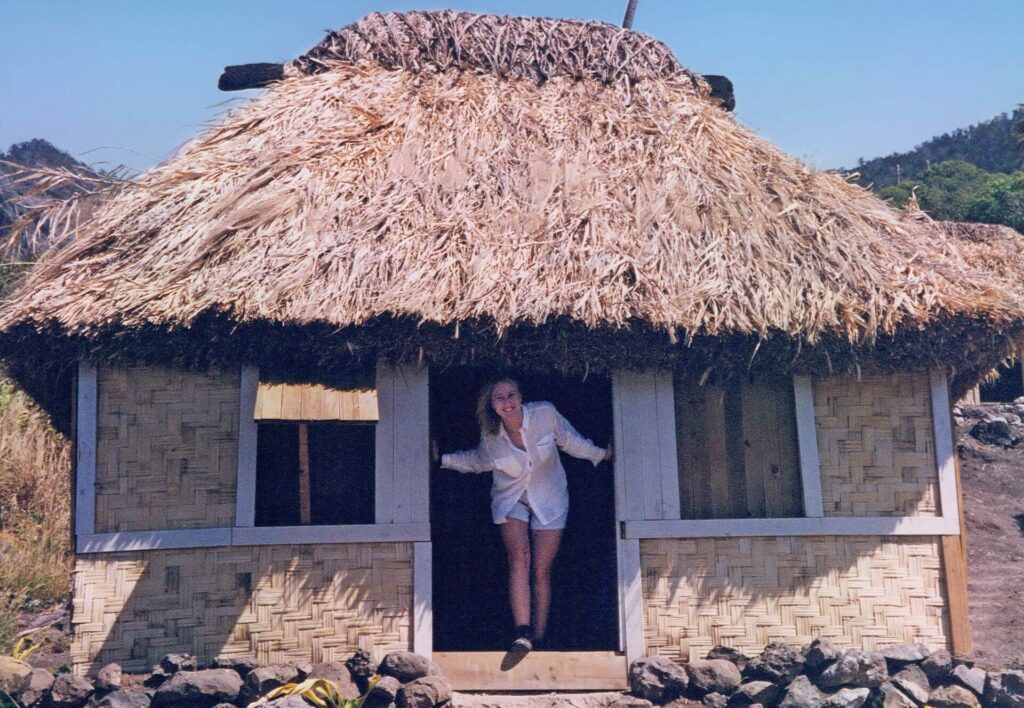
Our first stop was Waya Island. It’s a journey I will never forget. Waya is about 40km from Lautoka, and our mode of transportation was a cabin boat with an outboard motor, that had clearly seen better days. Two-thirds of the way there, the weather turned, and we were soon clinging to each other as the boat was tossed around in two-metre waves. All our belongings were soaked. My levels of panic rose when the outboard motor failed, and our skipper pulled out a machete to try to fix it! I realised we were out in the middle of the Pacific Ocean, with no lifejackets and no way of contacting the mainland. My silent prayers were answered when our skipper managed to restart the engine and we were off again, bumping across the waves towards our destination.
When we arrived at Waya, it was too rocky for the boat to bring us directly to the beach. We had to wrestle our wet rucksacks out of the boat and wade ashore through waist-high shallows. I was just so glad to get back on dry land that I didn’t care. Bear Grylls would have been proud of us.
After our eventful journey I was desperate to freshen up and relax, but the fun and games continued when we were shown to our bure (pronounced bur-ray). Fijian bures are simple one-roomed wooden huts with a straw roof, ranging from basic to luxurious.
We had paid a little extra for the convenience of an ‘ensuite’. Imagine my reaction when we were shown to a straw hut overlooking the beach, with a black bin bag hung from the ceiling to separate the toilet from the only piece of furniture – a small bed with a mosquito net. But I was thankful for that net, as what our room lacked in amenities, it made up for in its flying insect population. There was no power, so we went to bed when it got dark.

Our host welcomed us with a traditional Fijian drink, kava. Kava looks like mud and probably doesn’t taste much different (it has a strong peppery flavour). The host decides whether you get ‘high tide’ (a full glass) or ‘low tide’ (half a glass). Even though I had no idea what I was drinking, I also had no intention of insulting my host by declining. Thankfully my cup was low tide, as tradition calls for Kava to be downed in one.
Over the next three days, we settled into life on our tiny island. Waya is only 22 square kilometres, and we walked most of it. The two resident dogs at the ‘resort’ acted as our tour guides, one trotting along ahead to show the way and one taking up the rear to ensure we were safe. They slept outside our bure at night, as if guarding us from danger. In reality, there was little to guard us against, other than spiders the size of my fist.
Apart from walking, there was nothing to do but read, sunbathe and immerse ourselves in the present moment. We lived by nature’s timetable. We woke to the sun streaming through our thatched walls. We ate when the fishermen had caught enough to feed everyone. We watched our hosts cook over an open fire, then devoured it greedily. Each evening we sat on the rock outside our bure and basked in the fluffy pink sunset.
After Waya, we visited two other islands, but 25 years later, I can barely remember them. They were picture-perfect, exactly as I imagined Fiji would be. But Waya stands out; despite the challenges and the creepy crawlies, it was an unexpected, unforgettable paradise.

